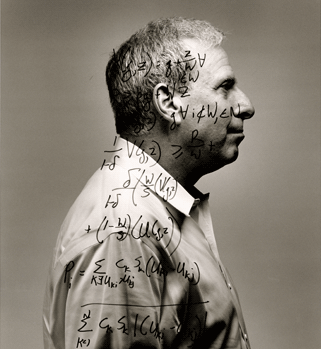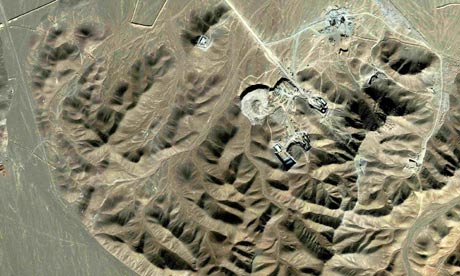Table of Contents
 This past Monday, the Daily Show did an interview with Hoover Institution Senior Fellow Bruce Bueno de Mesquita. This follows a New York Times magazine article about Bueno de Mesquita’s work. Bueno de Mesquita’s work involves using a series of algorithms to predict the outcomes of political situations. He assigns each major player several ratings based on their desire regarding a particular outcome (for example, in his work on Iran’s attempt to obtain a nuclear weapon; these measurements would capture how strongly a given leader, such as Iranian President Mahmoud Ahmadinejad, desired a nuclear weapon and how steadfast he was in that desire) and rating regarding the player’s power. These ratings are taken from conversations with experts on the issues, as well as Bueno de Mesquita’s own analysis. Indeed, that is probably the most interesting (and mysterious) part of his work: the algorithms are all well and good, but for him to be successful, he must have an excellent ability to assign values to different players.
This past Monday, the Daily Show did an interview with Hoover Institution Senior Fellow Bruce Bueno de Mesquita. This follows a New York Times magazine article about Bueno de Mesquita’s work. Bueno de Mesquita’s work involves using a series of algorithms to predict the outcomes of political situations. He assigns each major player several ratings based on their desire regarding a particular outcome (for example, in his work on Iran’s attempt to obtain a nuclear weapon; these measurements would capture how strongly a given leader, such as Iranian President Mahmoud Ahmadinejad, desired a nuclear weapon and how steadfast he was in that desire) and rating regarding the player’s power. These ratings are taken from conversations with experts on the issues, as well as Bueno de Mesquita’s own analysis. Indeed, that is probably the most interesting (and mysterious) part of his work: the algorithms are all well and good, but for him to be successful, he must have an excellent ability to assign values to different players.
 Using these ratings across a variety of stakeholders, he is able to model a situation as it develops over time. In the case of Iran, he predicted that Iran would come to the brink of creating a weapon and then stop, which was exactly the situation that the New York Times announced in early September. Although that conclusion has been thrown into disarray by the disclosure of a secret Iranian facility at Qum, it still seems possible that Bueno de Mesquita was on the money.
Using these ratings across a variety of stakeholders, he is able to model a situation as it develops over time. In the case of Iran, he predicted that Iran would come to the brink of creating a weapon and then stop, which was exactly the situation that the New York Times announced in early September. Although that conclusion has been thrown into disarray by the disclosure of a secret Iranian facility at Qum, it still seems possible that Bueno de Mesquita was on the money.
That wouldn’t be all too unusual an outcome either: Bueno de Mesquita’s analysis was found by an internal CIA study to be superior to that of the CIA’s own analysts. Perhaps outsourcing isn’t always so bad, eh?
Note: to be sure, Bueno de Mesquita has his critics as well, but if his 90 percent success rate is to be believed, he can’t be all that wrong.




